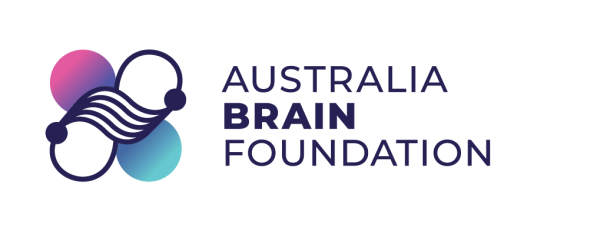In Australia, treatment resistant depression (TRD) is defined as major depression that does not improve after trialling 2 or more medications.
Treatment beyond initial trials of antidepressants and talk therapy sometimes requires psychiatrist referral, and involves options such as combining medications or prescribing electroconvulsive therapy (ECT).
When conservative treatments, such as talk therapy, social and lifestyle changes and antidepressant medications, do not result in satisfactory improvement in depression symptoms, treatment becomes more difficult.
In treatment resistant depression:
Some antidepressant medications may cause weight gain, sexual problems, nausea, or fatigue. TMS may be a more desirable option for these people.
It is common to continue taking antidepressants while receiving TMS. TMS may be a better alternative to trialling new or additional medications.
ECT is designed to induce seizures and is commonly associated with memory problems.
TMS has comparable effectiveness to ECT,4 without the same side effects or anaesthesia. This is because TMS uses magnetic currents to change brain activity in a few connected brain regions. This is in contrast to the wide-spread application of electrical currents in ECT that changes activity all over the brain.


All marketing related to ‘personalisation’, ‘accuracy’ and ‘reliability’ in these materials are based on the following ARTG listed devices: Localite TMS Navigator – Stereotactic neuronavigation/planning system – ARTG ID: 371108 Axilum Cobot for TMS – Transcranial magnetic stimulation system, mobile – ARTG ID: 370969 © 2023 Queensland Neurostimulation Centre as trading for Australia Brain Foundation. All rights reserved.